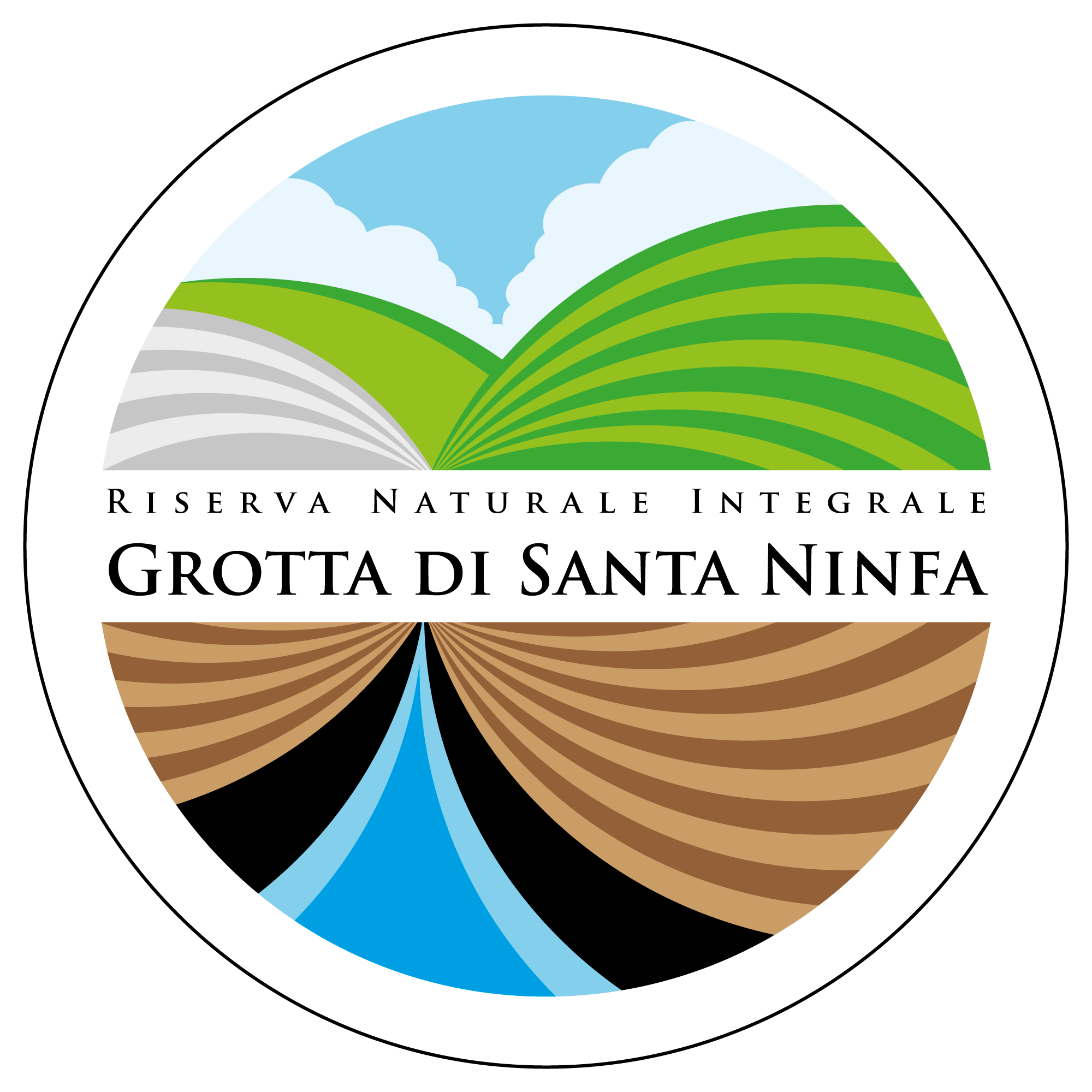
FAUNA
Considering the numerous habitat that exist, the kastic highland of Santa Ninfa and Gibellina is considered a perfect place to live for many animals, sedentary and migratory.
In the place there is a rich and diversified community of amphibians, that is made of various vulnerable and with the risk of extinction species for the progressive reduction of the lacustrine habitat and humid zone; between them there are a rich population of Green frogs, the little Green toad, the Common toad and of Discoglosso that is a particular localized specie, who can be found only in the occidental Mediterranean (Sicily, Spain and North Africa).
The amphibians live only near the humid areas of the site, these humid areas are: Biviere torrent, numerous valley, resurgences, little overrun that even if are artificial (are made by the man for irrigation and firefighting causes) are important for the nature.
There are also numerous reptiles: we can observe in their natural habitat the characteristic Rat Snake, the Natrix Natrix and the Green lizard that is characterized of his green colouration.
Rarer we can found the Aesculapian snake, that is a quick snake with a longitudinal stripe and the Ocellated Skink, a skink that has unmistakable aspect and an elusive attitude.
The mammalians generally have crepuscular and nocturnal habits; in the site there are: fox, Wild Rabbit and the Hedgehog, rarer are Marten and Weasel that are voracious mustelids.
Often we can found along paths the famous sting of the Porcupine that testify his existence and diffusion in the area. Is confirmed the presence of Sicialian Shrew a little Sicilian insectivorous.
In the area thanks to the numerous caves that are used as refuge there are numerous species of bat, but the majority are protected by national and communitarians laws because they have the risk of extinction.
Among the birds there are the colourful and very lively Bee- eater that nest and stay in the Biviere’s Valley filling up it with his characteristic verses. During the excursion is possible to see the flight of Buzzard and the attitude of the little Common kestrel during his hunt activity.
Into the wood resound the verses of Jaybird, the Turtledove and of Woodpigeon, the singing of the goldfinch, nightingale and chickadees.
In the end of the summer the sky is through by the Brown kite and the Honey buzzard; they start the emigration to Africa and they use the hilly ridge of Santa Ninfa like a migration route. During the winter is possible to see some splendid minor wintering eagles in the area. The site hosts also different species of nocturnal raptor between them there are: The Owl, the Scops owl witch verse is (chiu), the Barn owl witch flight is light and silent and the Twanty owl.
Important is the fauna in the Santa Ninfa’s Cave for the morphologic and ecologic adaptation to the hypogeum habitat; the researches made since the 800 century until our present underlines the presence of one faunistic community rich and diversified, made of ‘’troglophiles’’ species linked to the cave habitat (here there are: Isopod Androniscus dentiger, Arachnid Meta buornetti, Dipteran Triphleba antricola), and of some epigean species that penetrate in the cavity; they are attracted by the favourable environmental conditions more fresh and humid compared to the dryness of the epigean climate.
